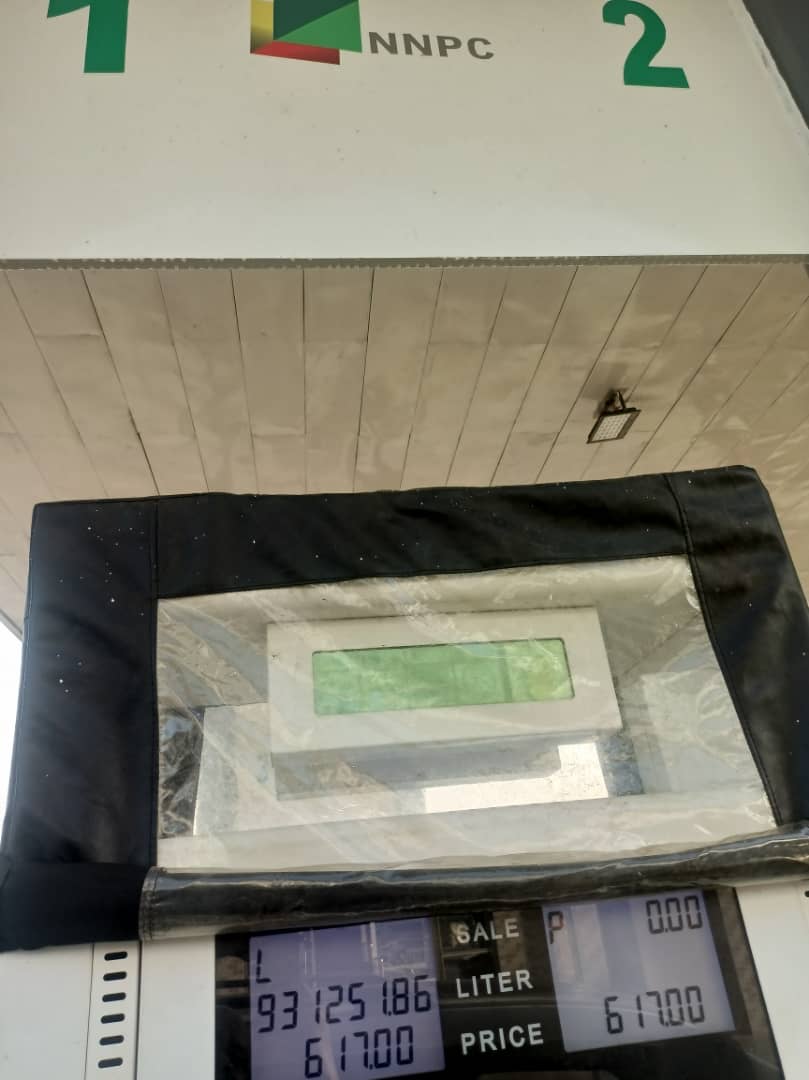Nigerian National Petroleum Company Limited (NNPCL) CEO, Mele Kyari, has link the petrol pump price surge from
N540 toN617 per litre to Market Forces.
He spoke with State House reporters on Tuesday after a meeting with Vice President Kashim Shettima at the Presidential Villa Abuja. Kyari said the increase was not based on a short supply of petrol.
“When you go to the market, you buy the product, you come to the market and sell it at its prevailing market price. It has nothing to do with supply. We don’t have supply issues. We have a robust supply. We’ve had over 32 days of supply in the country. That’s not a problem,” the NNPCL GCEO explained.
Kyari added that it was in the interest of the country for marketers to fix the prices.
“I’m also assuring Nigerians that this is the best way to go forward so that we can adjust prices when market forces come to play. I don’t have the details this moment, but I know that our marketing wing acts just like every other company in this business. I know that a number of companies have imported petroleum products today.
So, many of them are on line. I’m sure my colleague would confirm this. Market forces have started to play; people have started having confidence in the market. Private sector people are importing products, but there is no way they can recover their cost if they cannot take market reflective cost.”
After certain stations under the NNPCL’s operation raised the pump price of Premium Motor Spirit (petrol), from N537/litre to N617/litre in Abuja and Lagos, the CEO, Mele Kyari, responded to the situation.
He attributed the price increase to market forces and emphasized that this approach allows for necessary adjustments in response to market dynamics.
Meanwhile, the Chief Executive Officer, Nigerian Midstream and Downstream Petroleum Regulatory Authority, Farouk Ahmed, said the price increase arose from rising crude prices.
He also cited changes in freight prices and other ancillary costs importers incur during distribution.
“So, when you say market forces are working, basically what it is, is that you…you can see the price of crude going up.
“A week or so ago, the price of crude was hovering around $70 per barrel. Now, it’s over $80 per barrel. So, of course, the crude prices also drive the product price. As the importers are importing, they are basing it on the cost of importation plus the freight plus other costs elements in terms of local distribution,” Ahmed explained.



